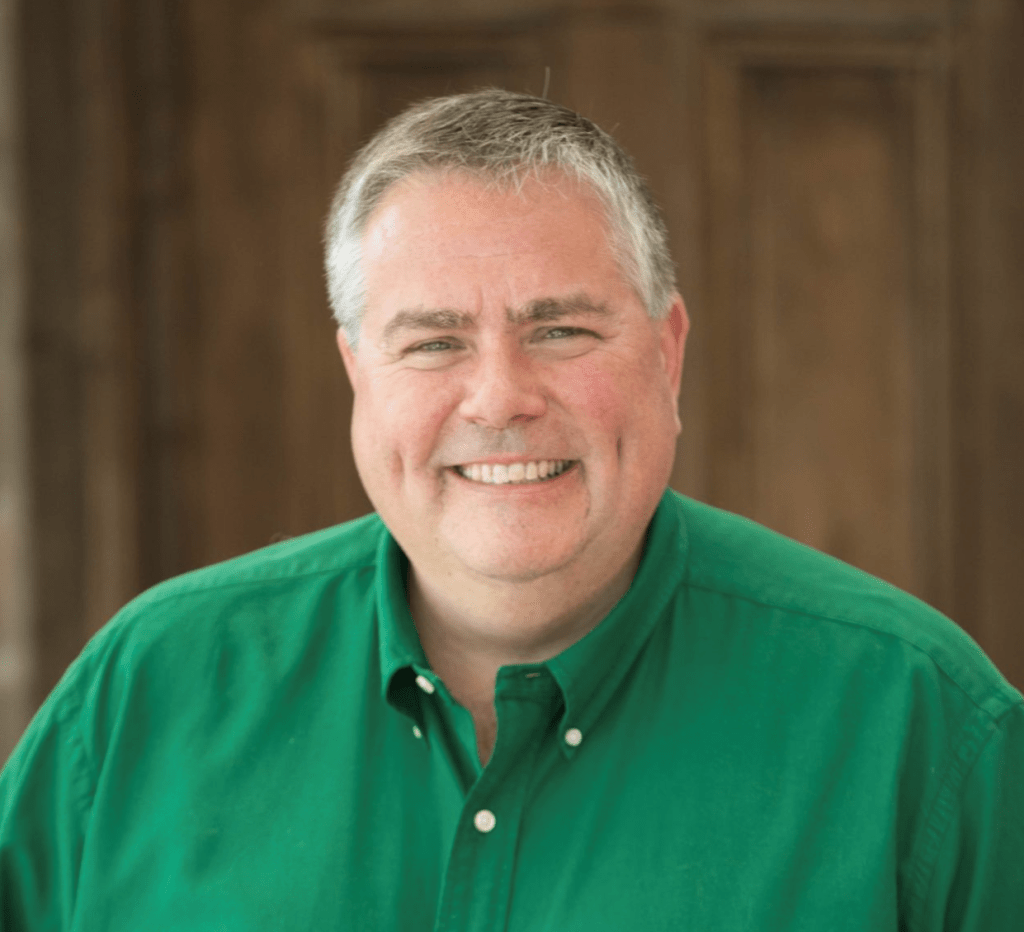If you listen to the more traditional mortgage voices, they are talking about untapped markets and underserved clients. They talk about how a reverse mortgage can improve the lives of people who get them as if this is some new revelation to them, something that most of us in the reverse mortgage space have known for some time.
But something has broken in the marketplace. Truth is no longer truth. Numbers that prove facts don’t seem to matter anymore, because now, truth is what you believe it to be, rather than being a hard, fast thing.
It doesn’t matter if you are talking about mortgage, or the news or even politics. Things changed in the reverse mortgage space when the facts, the proof and the evidence no longer mattered in people’s decision-making processes.
That’s where we are: in the eye of the hurricane. I hear people talking about the mortgage business, saying things have gotten better than they were a few months ago, kind of like how things get quiet and seemingly calm when the eye of the hurricane passes over.
Maybe some of you feel like Lieutenant Dan from the movie Forrest Gump, clinging on to the top of a ship mast, holding tight to an American flag and yelling at the storm to bring its worst. There will always be those types of people who look the storm in the eye and dare it to come over.
I’m one of those people who sees the storm, and although I’d like to think of myself as being that brave, I’ve been through storms. I know that there’s no shame in taking shelter away from the coast.

Make no mistake about it: we’re in the midst of a storm — one partially of our own creation — and it’s going to take creative thinking and bravery to get out of it. For a generation, we’ve been spoiled with what some call “artificially low” interest rates. It’s hard to ignore the media, as they proclaim the interest rates are the worst they have been in 20 years.
For us, it’s an entirely new generation of loan officers who came up during times when rates could be below three percent and, subsequently, four percent was considered shameful if not complete usury by the public.
The problem is that we fed into this because it benefited us. We went along with the idea that four or five percent was usury. As a result, now that rates are over eight percent, we have to change our perspective on a topic we’ve never gotten control over in the past, kind of like forecasting hurricanes: we may be better at it, but it’s not an exact science.
For years, we’ve been pounding the drum of “lowest possible” interest rates. We can beat anyone’s rates. We became an out-of-control version of the game show “Let’s Make a Deal.” The problem is that we got so good at it that we commoditized ourselves right out of the market.
Somewhere along the way, a reverse mortgage became no different than a forward mortgage, and therein lies the problem. Once when I spoke to a former executive at American Advisors Group (AAG), he warned this would be the problem the reverse mortgage industry would face. When the market became about interest rates instead of about helping people, that would be the end of an era.
I would suggest the era has already ended.
The problem is that it is still too easy for financial planners, bankers, CPAs and other financial professionals we seek referral partnerships from to recommend a HELOC to someone in their 60s rather than discussing how a reverse mortgage could help the situation.
Unfortunately, those same referrers will be the ones having the problems in ten years, when these loans recast, leaving the borrowers to face the prospect of having a significant increase in cost at a time when they are already retired with fixed incomes and find themselves with no way to pay the recast loans.
In a 2022 interview with Reverse Mortgage Daily, Ted Tozer, the former president of the Government National Mortgage Association (Ginnie Mae) said it best when he said, “it should all be outcome-based. And I think that’s what I’d like to see from FHA, both forward and reverse sides. I’d like to see them become more about how this affects the borrower, the property and so forth…”
Outcome-based. In other words, who cares what the interest rate actually is if the outcome is that you get to stay in your home, keep the lifestyle you want, and not leave your family to take care of you in the hopes of one day getting your equity?
But the problem is that until the rest of the financial industry — including FHA — starts thinking this way, the reverse mortgage product, our dreams of reverse mortgage and reverse-for-purchase becoming a mainstream product in American retirement planning will remain just that: a uniquely American dream.
This column does not necessarily reflect the opinion of Reverse Mortgage Daily and its owners.
To contact the author of this story: Jarred Talmadge at [email protected]
To contact the editor responsible for this story: Chris Clow at [email protected]



